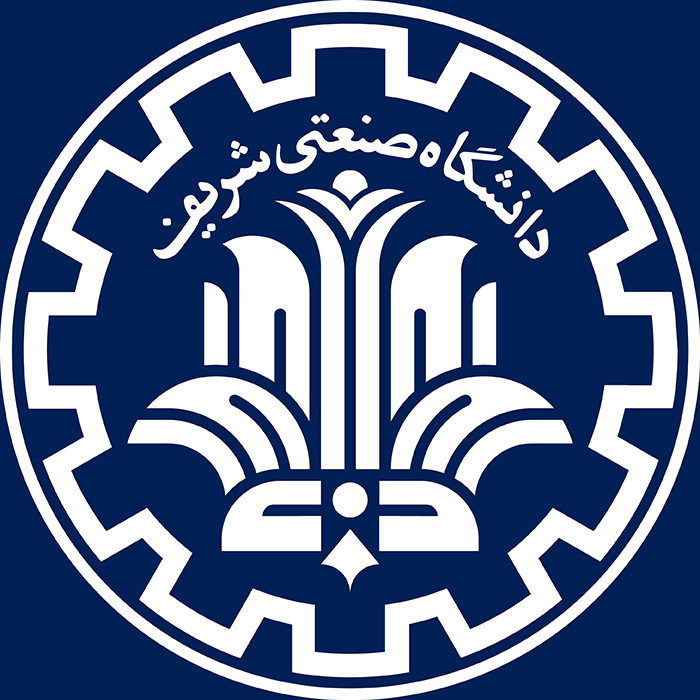
The work, led by Negar Tavassolian, director of the Stevens Bio-Electromagnetics Laboratory who has graduated in Electrical Engineering from Sharif University of Technology in 2003, and postdoctoral fellow Amir Mirbeik-Sabzevari, not only has the ability to reduce the number of unnecessary biopsies by 50 percent but also has the potential to disrupt a $5.3 billion diagnostic market for the most common cancer in the United States, with 9,500 Americans diagnosed with skin cancer each day.
The latest tests were conducted on biopsies collected by surgeons from Hackensack University Medical Center. Tavassolian and Mirbeik-Sabzevari custom built antennae to generate high-resolution images of this biopsied tissue, and found they could map the tiny tumors as accurately as lab-based testing.
While the technology underpinning the device is innovative, it’s also inexpensive. Since it involves the same basic circuitry within a cellphone, manufacturing costs would be low.
Mirbeik-Sabzevari, who began working on the technology five years ago as a graduate student in Tavassolian’s lab, is confident that this invention will prove a hit. As a postdoctoral fellow at Stevens and the 2019 inaugural recipient of the Paul Kaplan Award for Distinguished Doctoral Research, Mirbeik-Sabzevari plans to launch a startup to commercialize the scanners.
